[WP:28] The Creator Economy Supercharged In The Era Of AI
How Independent Creators Will Dominate The Future Of The Internet
The Intersection of Creator Economy and AI-Powered Tools: Real Case Studies of Mr Beast and Podcasters Colin & Samir
Table of contents
• Introduction
• Understanding the Creator Economy
• AI-Powered Tools and their Role in the Creator Economy
• Case Study 1: Mr Beast
• Case Study 2: Podcasters Colin & Samir
• Advantages and Disadvantages of AI-Powered Tools in the Creator Economy
• Conclusion
Introduction
The intersection of the Creator Economy and AI-powered tools is on the rise, it is now an irrefutable fact. Through digital platforms, creators are thriving and reinventing how the economy works from sponsorship, investments to patronage.
Video by Australian film maker & YouTuber Orson Lord demonstrating the power of AI as applied with Photoshop
By integrating AI-powered tools, the opportunities for creators are near endless. The applications and case studies cover an unprecedented number of disciplines and offer a variety of problem specific solutions. It is crucial to understand how the two concepts of Creator Economy and AI are interconnected and what benefits they can bring to the creators' future.
Real-life examples such as YouTuber Mr Beast and podcasters Colin & Samir have shown their success and what the edge of possibility looks like. Their contribution in the industry sets an important precedent for smaller creators that have yet to mature into their full potential. Let’s study their playbook.
Understanding the Creator Economy
The Creator Economy refers to the group of creators who generate digital content such as videos, music, or writing. It has been significantly impacting the global economy by providing opportunities for creators to monetize their skills and ideas online.
Monetization strategies include brand deals, affiliate marketing, product endorsements and merchandise sales. The Creator Economy is all about striving to add value and creativity to the world and making a living out of it. YouTube, since its integration with Google, the popular search engine, became a juggernaut in the world of content. Competitors such as TikTok and Facebook struggle to capture this subtle yet challenging balancing act of creator revenue stream and advertisement.
In the world of content streaming, two metrics matter the most by a long shot: click through rate, and audience retention. Click through rate refers to the ratio of clicks on a specific link to the number of times a web page is visited. It’s a common method used to measure the success of an online advertising campaign.
Audience retention is a percentage representing the amount of time people spend consuming a video. For instance an audience retention rate of 65% means that on average, viewers watch 65% of your video. This metric directly correlates to watch time which totals the amount of hours a given piece of content is watched providing even more refined insights. It’s not far fetched to say that the future of creation & work will be largely composed of content published online. Experts and novices alike use content creations to learn and exchange ideas.
That is what gives notable names in the game like 88 Rising, Linus Tech Tips, Smosh, Corridor Digital, and MKBHD their staying power as platforms. They understood the true value of what they provide, an insight into consumer behavior and direct line of access in the supply chain from the manufacturer of the products they endorse.
A demonstration of the channels mentioned and their homepage
AI-Powered Tools and their Role in the Creator Economy
AI-powered tools have become increasingly popular in the Creator Economy, providing creators with a multitude of benefits. These tools include machine learning algorithms that can analyze data and provide insights into audience behavior and preferences. Content creation is also made easier with AI-powered tools such as automated video editing and voice-to-text transcription.
These tools can save creators time and effort, allowing them to focus on creating high-quality content. However, AI-powered tools also have limitations. While they can provide helpful insights, they are not always accurate. Creators should not rely solely on AI-powered tools for content creation.
Additionally, some of these tools, particularly those that are subscription based can be expensive, which may not be viable for all creators. Despite the limitations, AI-powered tools have become an essential part of the Creator Economy. As the technology continues to evolve, it will be interesting to see how creators utilize these tools to enhance their content and grow their audience.
Case Study 1: Mr Beast
Mr Beast is a popular YouTuber with a massive following of over 70 million subscribers. You might be wondering how AI will help supplement his already massive presence. VFX, that’s how.
Using AI-powered tools that apply specifically in the world of VFX would be a game changer for Mr Beast. And companies such as Wonder Dynamics are perfectly positioned to partner with him to create his content. Essentially enabling him, if he wanted, to compete with juggernauts in the streaming world such as Disney & Netflix. We’re barely scratching the surface of what the implications are. Additionally, he also collaborates with brands and businesses to create products that are distributed at scale.
Case Study 2: Podcasters Colin & Samir
Colin and Samir are successful podcasters who have been demonstrating AI-powered tools to enhance their content creation process. They have a diversified audience from social media platforms. Their podcasts revolve around the creator economy, marketing, and the psychology of storytelling.
As shown in the videos below, Mr Beast is the gold standard of platform building and top tier strategy to leverage trends. He is without a doubt a creator that transcends the very niche he emerged from into a full blown, large scale production house hiring several hundreds of employees.
In their own way, Colin & Samir are leveraging platform building via Discord. Effectively bringing a 3rd space where creators and builders alike can find each other that in turns spark further ideas into fruition. They understood who they appeal to and the value their audience gave them, returning the favor by empowering them to mingle and cross promote their work.

 Tiktok failed to load.
Tiktok failed to load.Enable 3rd party cookies or use another browser
A view of Colin & Samir’s discord server, showcasing the wealth of resources at the disposal of the community of creators they foster
Advantages and Disadvantages of AI-Powered Tools in the Creator Economy
AI-powered tools have revolutionized the creator economy, helping the content creators to streamline their content creation process, optimize their content for sharing and distribution, and reach a larger audience. And keep in mind, these tools will be the worst they’ll ever get today. The improvement curve will only sky rocket from here.
As AI continues to evolve, we can expect to see even more sophisticated tools that will enable creators to produce better content, faster and more efficiently. As the adoption curve increases however, it is more than ever critical to keep an eye out for the digital divide, and encourage older generations to be comfortable to acclimated with the changing landscapes.
Conclusion
Now that we've explored the intersection of creator economy and AI-powered tools through real case studies, it's clear that understanding this intersection is crucial for content creators.
AI-powered tools can save time and effort, and help creators connect with audiences more effectively. Moving forward, we can expect AI-powered tools to become increasingly integrated into the creator economy.
Thus, it's important for creators to stay informed and embrace these tools to stay competitive and challenge the power & monopoly corporations hold. By doing so, creators can continue to produce engaging and high-quality content that captivates audiences and drives success.




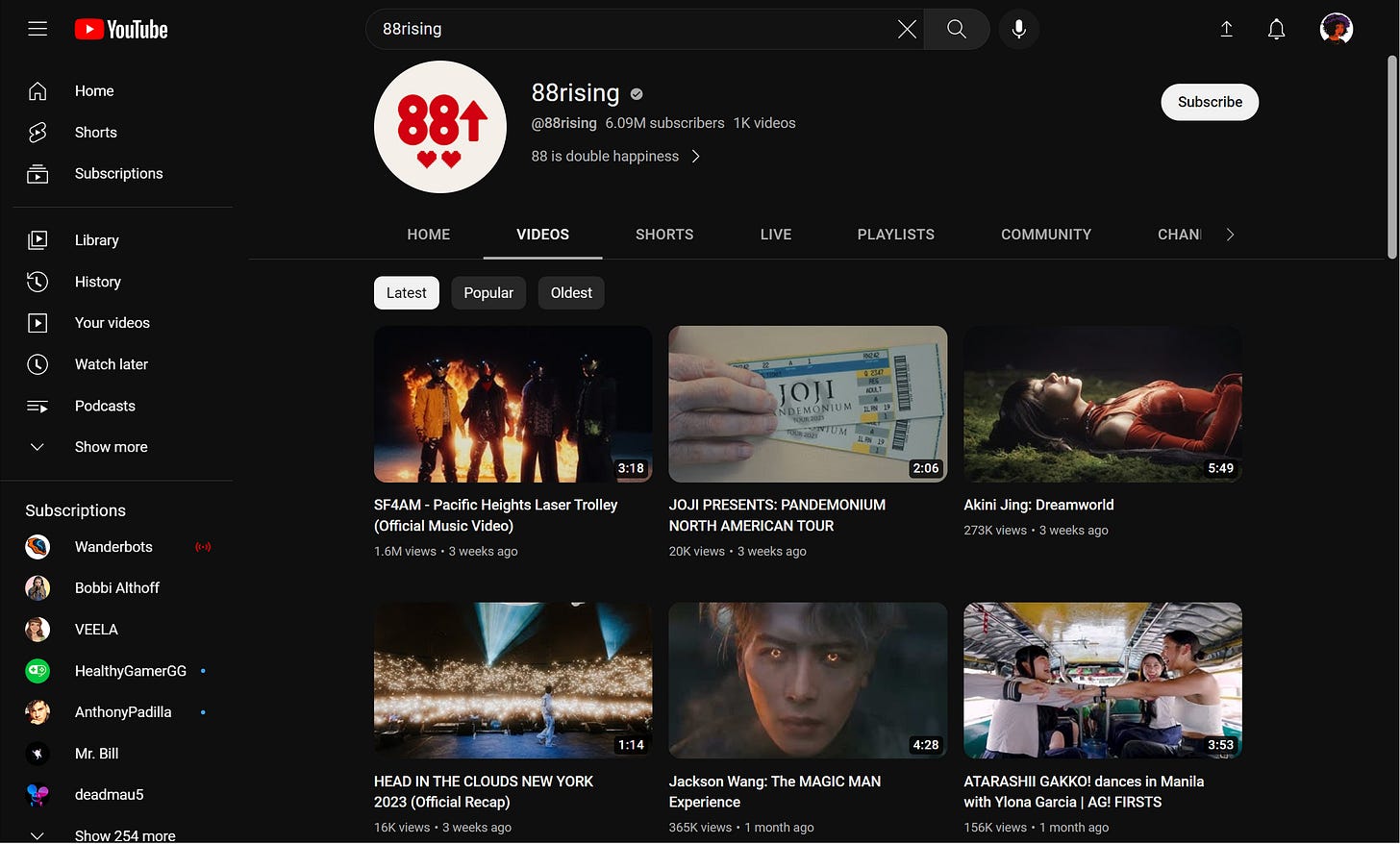
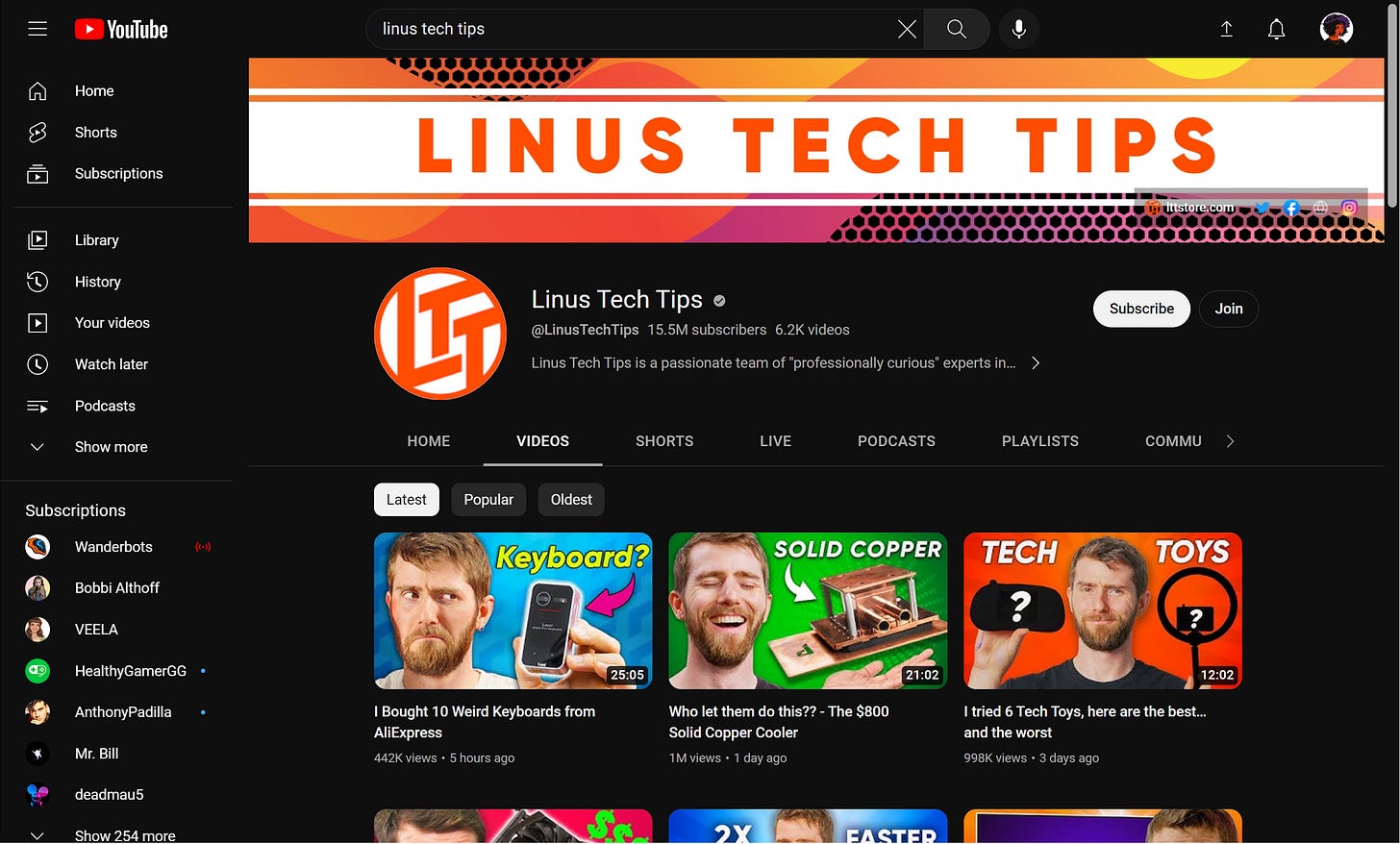
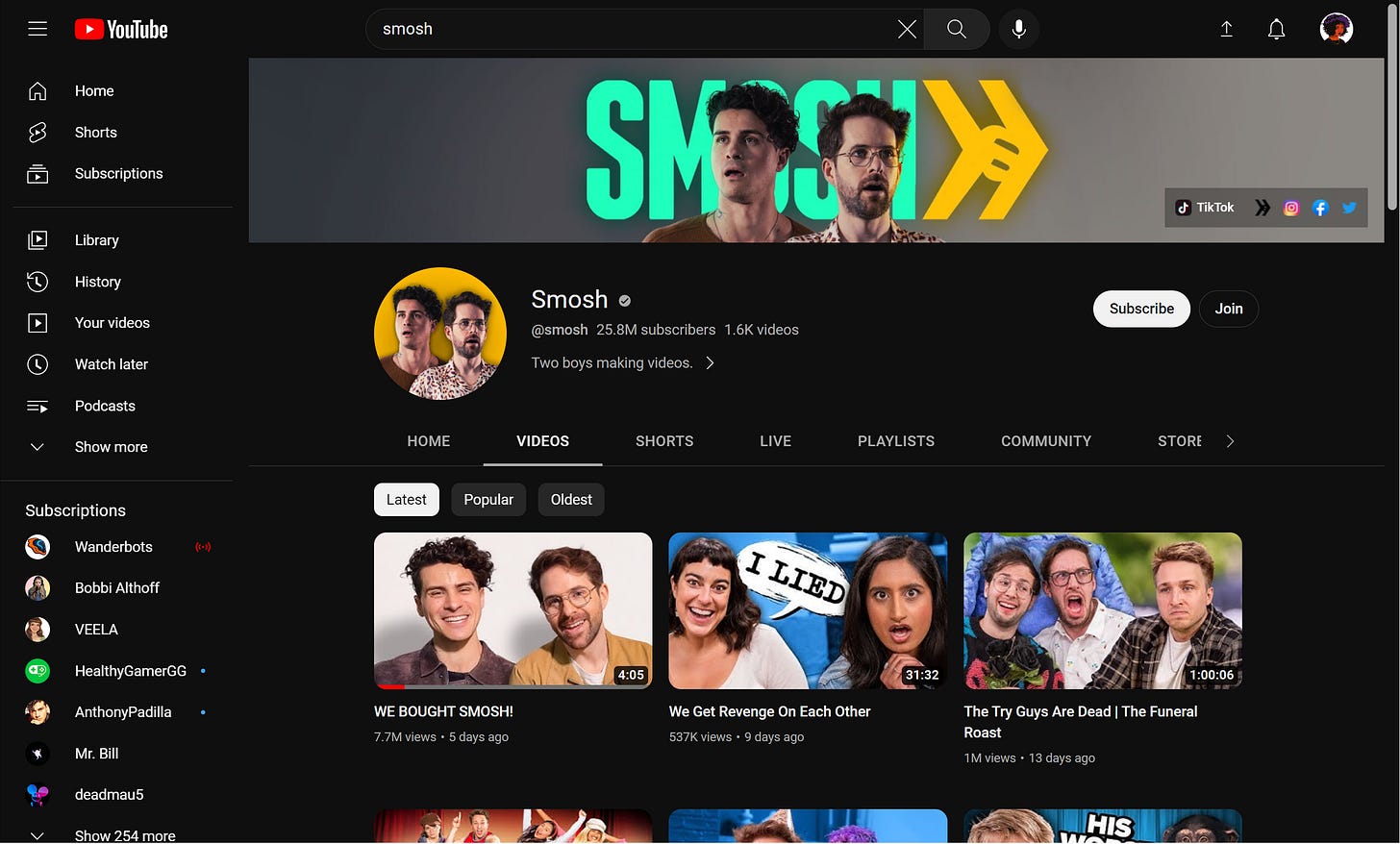
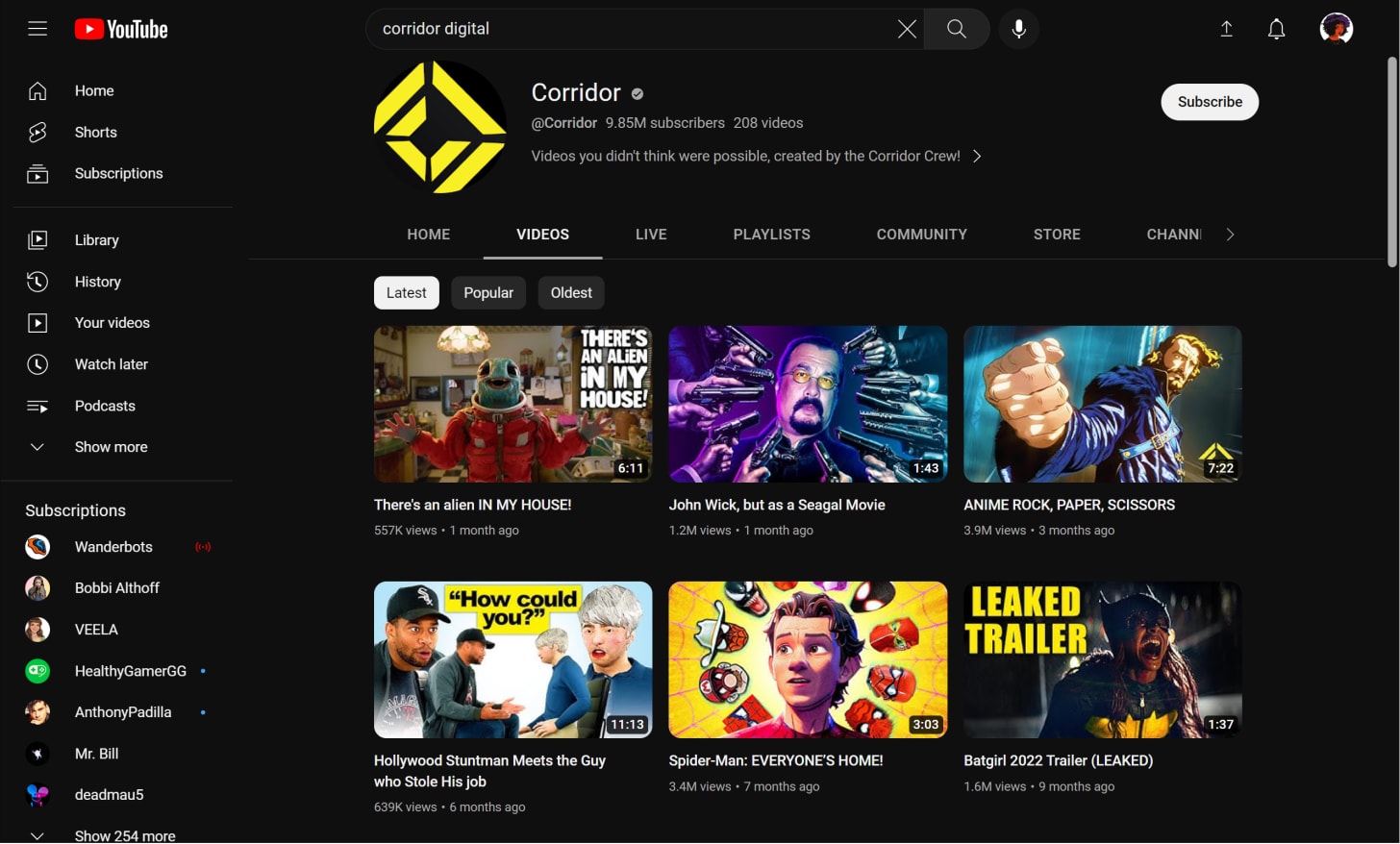
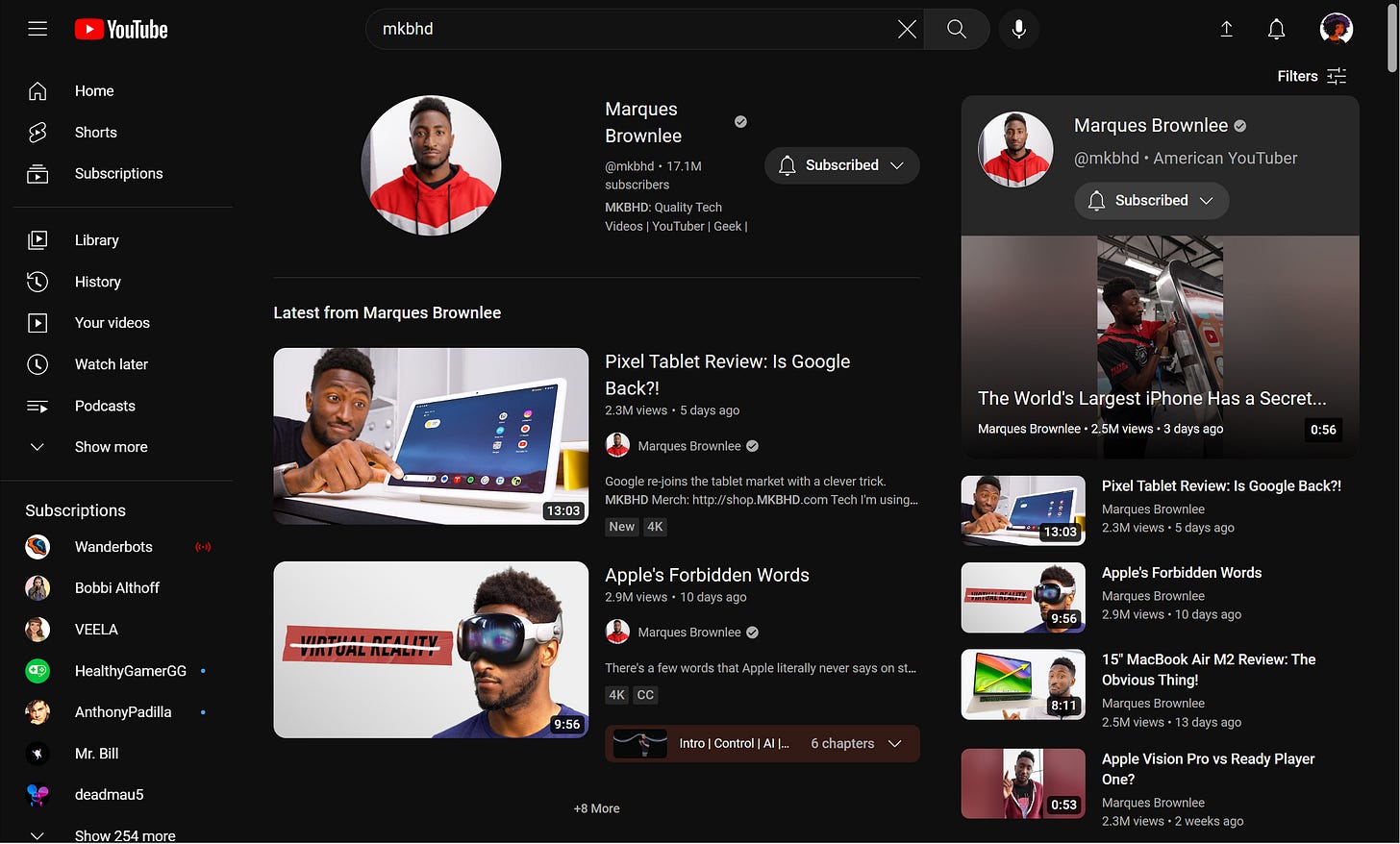
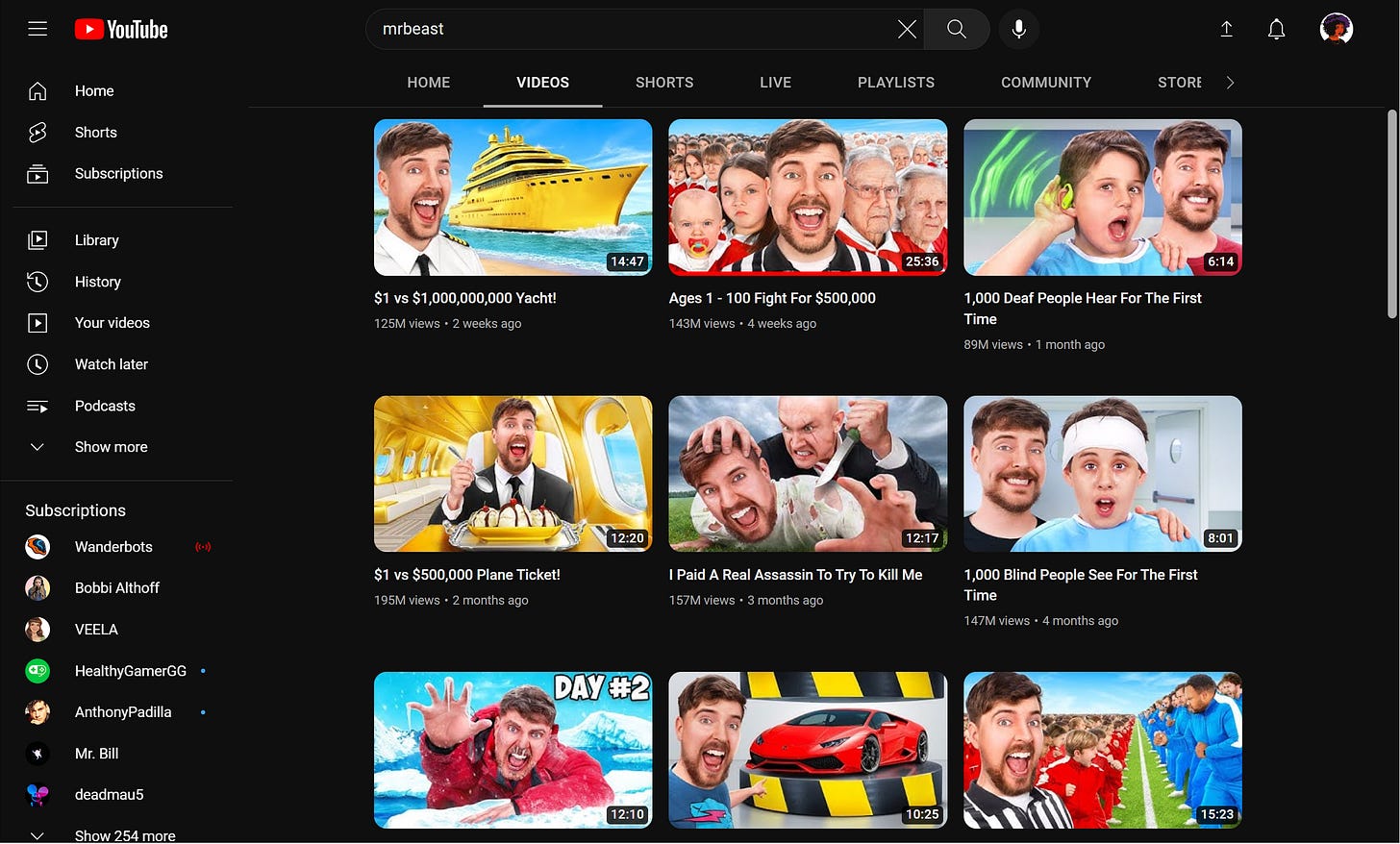
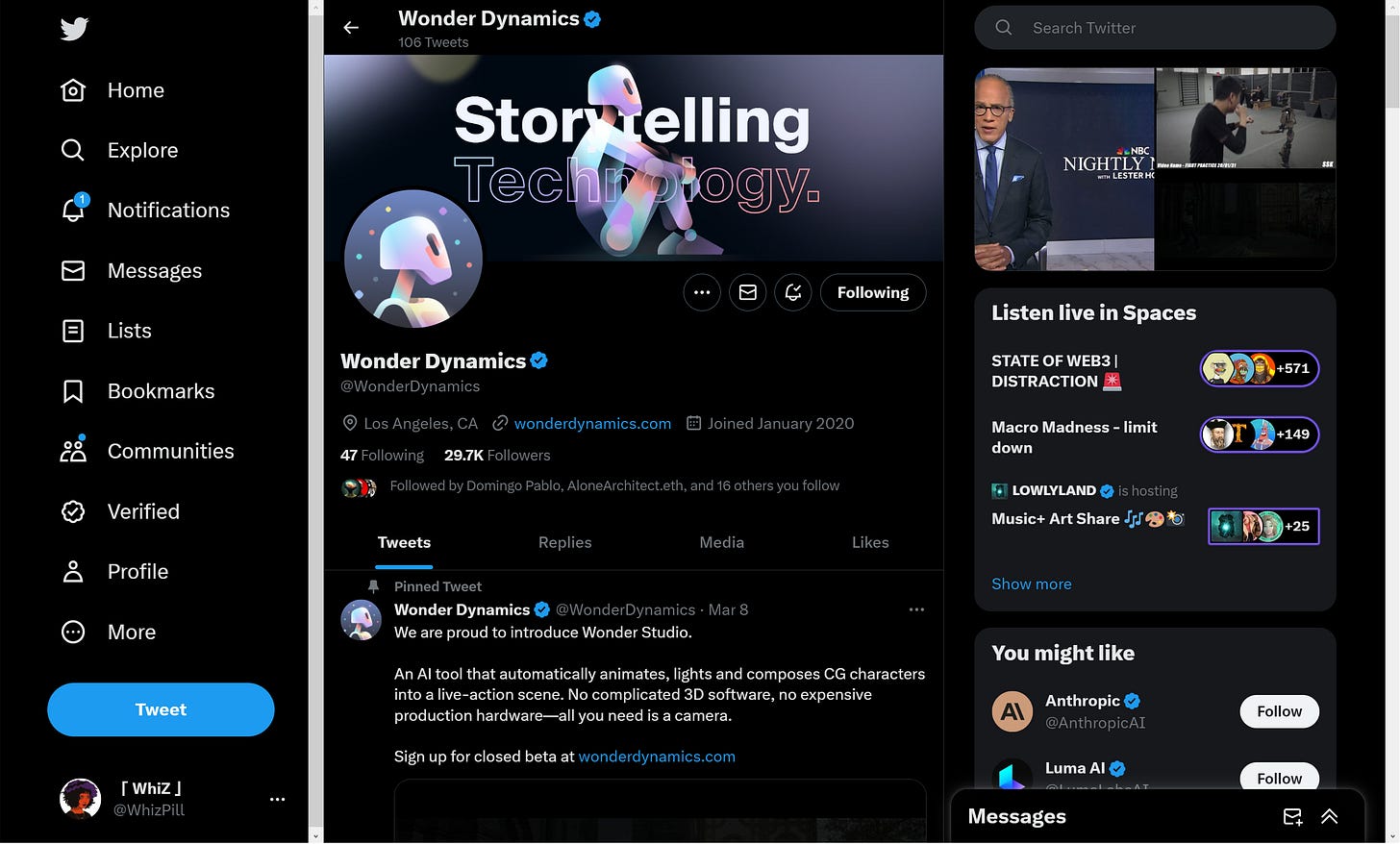
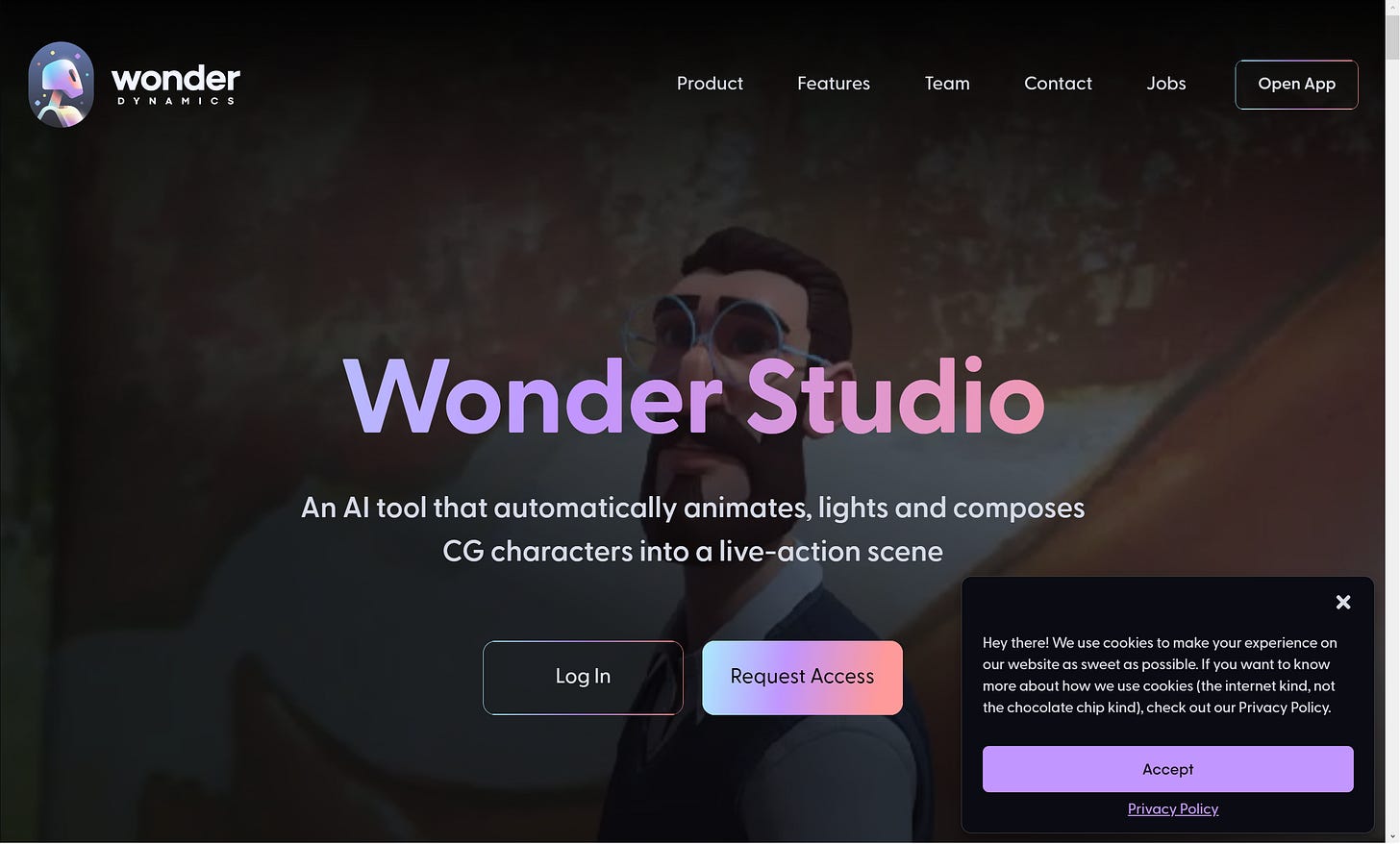
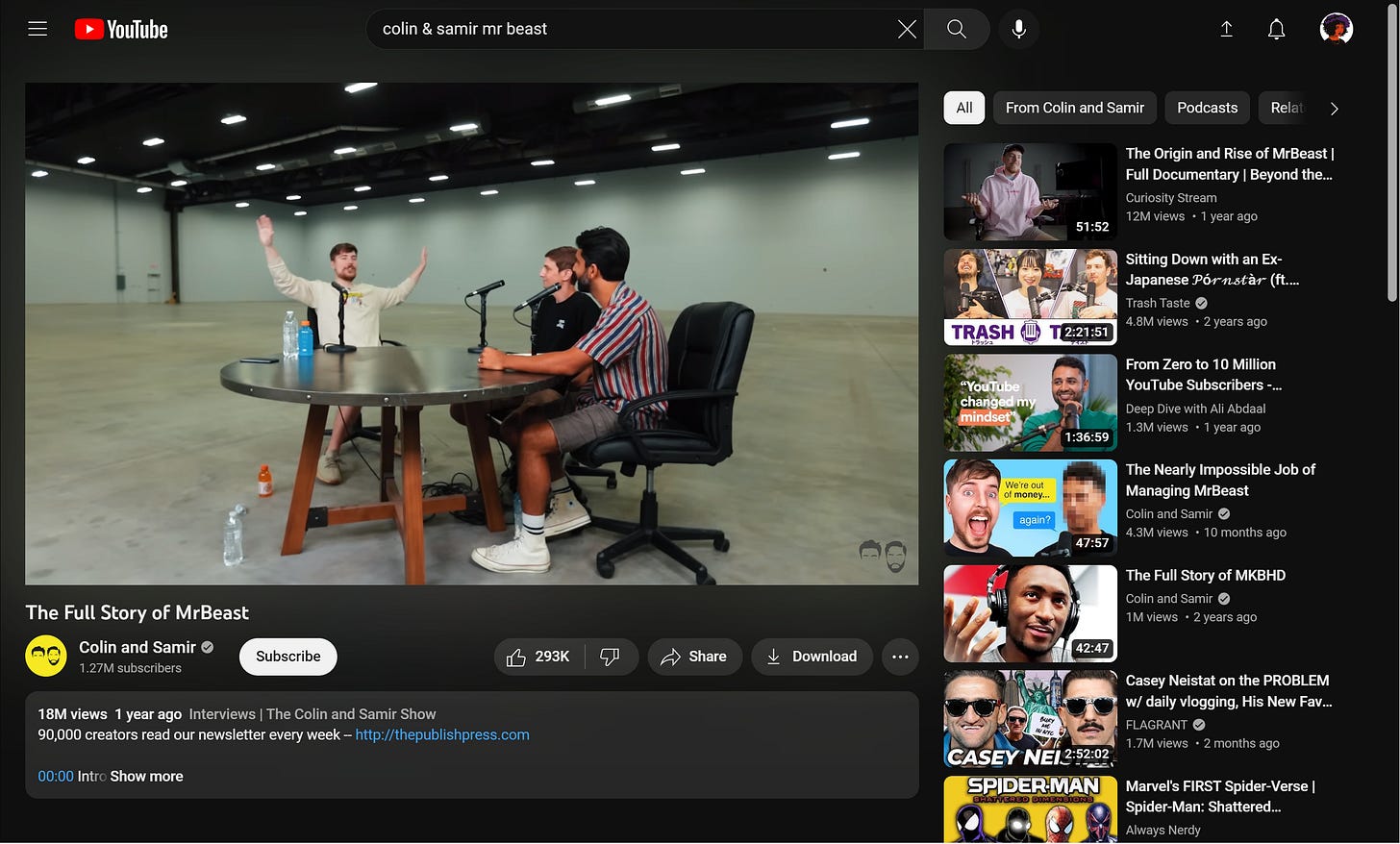
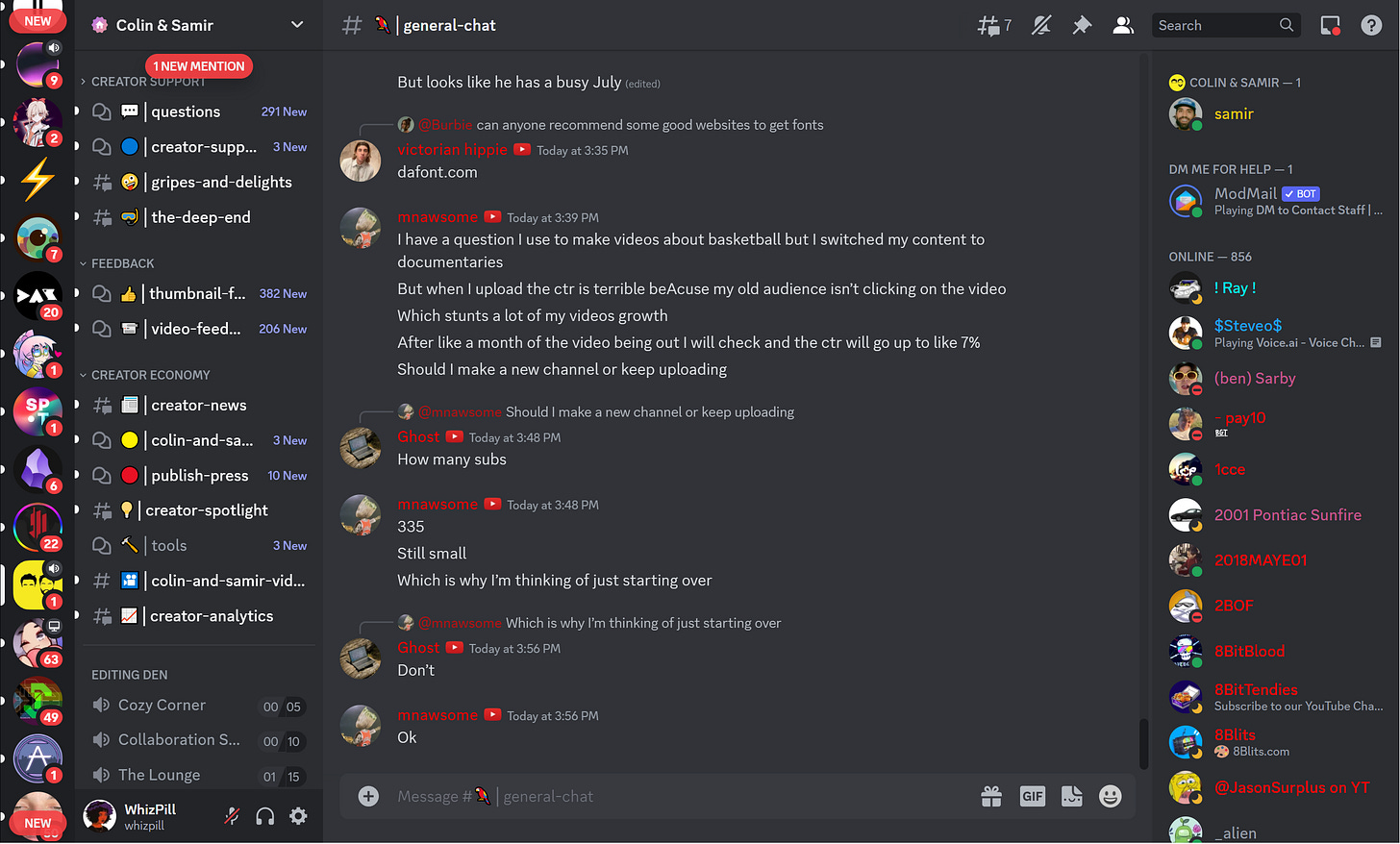
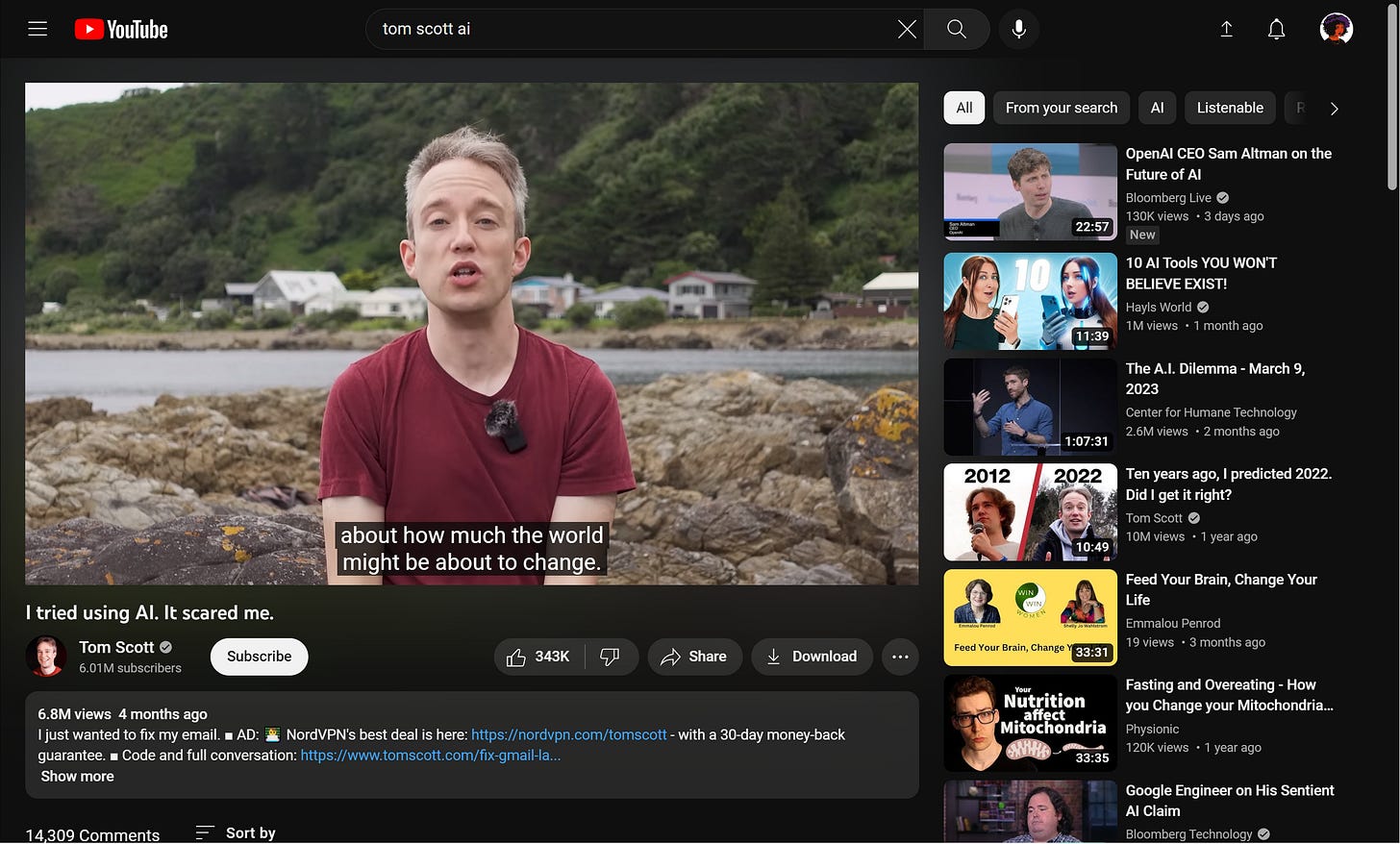
Generative AI continues to progress exponentially, producing its own engaging high quality content with no need for human creators?
A rapidly expanding audience sector assumes that the content, including Metaverse, is fake or malevolent and cannot be trusted?